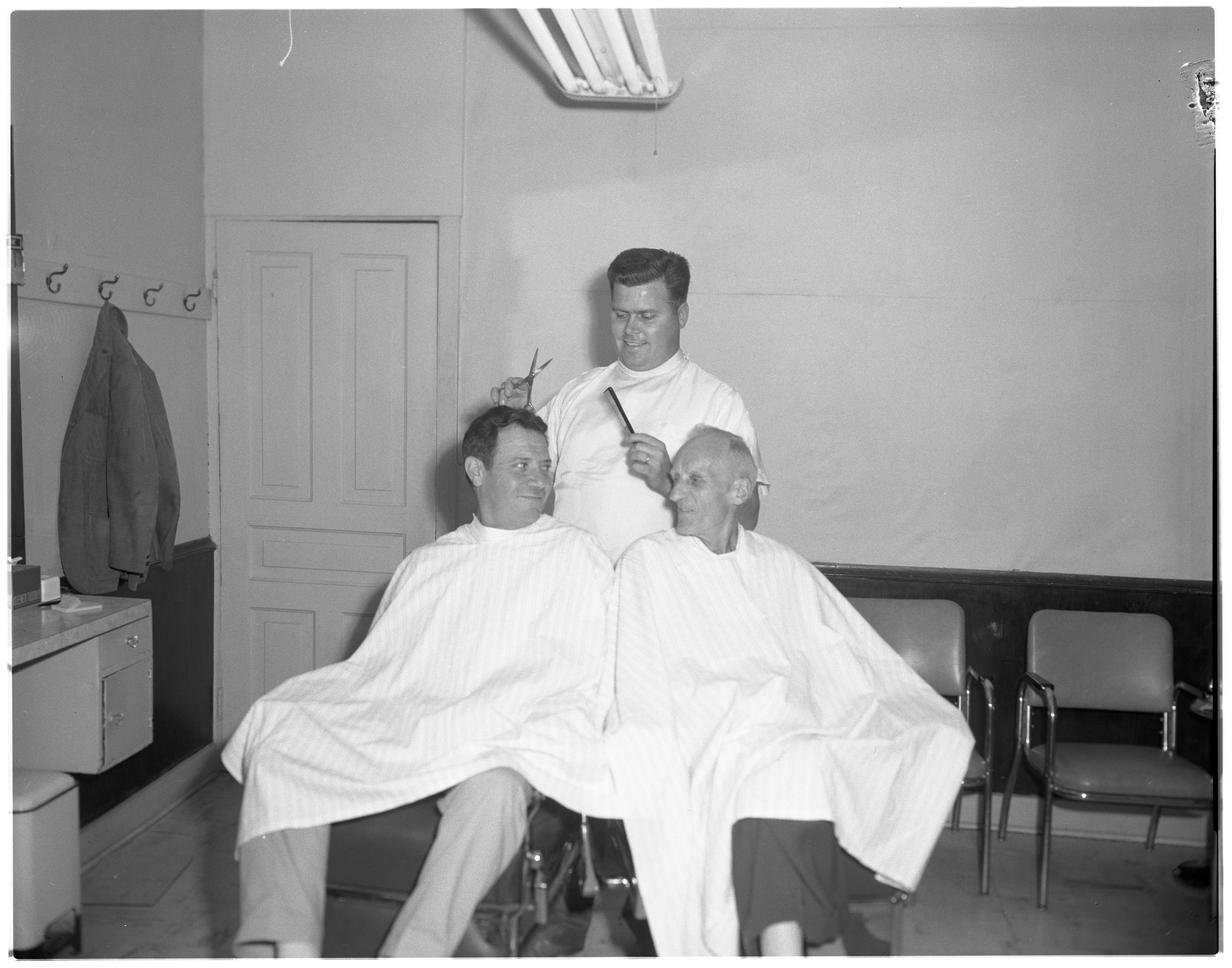

In the 1960s and 1970s, Esta Nesbitt was one of the earliest artists experimenting with xerox art. Sonia Landy Sheridan began teaching the first course in the use of copiers at the Art Institute of Chicago in 1970. Berman was influenced by his San Francisco Beat circle and by Surrealism, Dada, and the Kabbalah. Berman, called the "father" of assemblage art, would use a Verifax photocopy machine (Kodak) to make copies of the images, which he would often juxtapose in a grid format. Charles Arnold, Jr., an instructor at Rochester Institute of Technology, made the first photocopies with artistic intent in 1961 using a large Xerox camera on an experimental basis. The first artists recognized to make copy art are Charles Arnold, Jr., and Wallace Berman. ģD color copy art by Ginny Lloyd Early history 1960s–1970s Publishing collaborative mail art in small editions of Xerox art and mailable book art was the purpose of International Society of Copier Artists (I.S.C.A.) founded by Louise Odes Neaderland. It is often used in collage, mail art and book art. Xerox art appeared shortly after the first Xerox copying machines were made.

Each machine also creates different effects.

Basic techniques include: Direct Imaging, the copying of items placed on the platen (normal copy) Still Life Collage, a variation of direct imaging with items placed on the platen in a collage format focused on what is in the foreground/background Overprinting, the technique of constructing layers of information, one over the previous, by printing onto the same sheet of paper more than once Copy Overlay, a technique of working with or interfering in the color separation mechanism of a color copier Colorizing, vary color density and hue by adjusting the exposure and color balance controls Degeneration is a copy of a copy degrading the image as successive copies are made Copy Motion, the creation of effects by moving an item or image on the platen during the scanning process. Often, with proper manipulation, rather ghostly images can be made. The curvature of the object, the amount of light that reaches the image surface, and the distance of the cover from the glass, all affect the final image. If the object is not flat, or the cover does not totally cover the object, or the object is moved, the resulting image is distorted in some way. Prints are created by putting objects on the glass, or platen, of a copying machine and by pressing "start" to produce an image. Proudly serving Metro Detroit including Saline, Ann Arbor, Ann Arbor, Ypsilanti, Saline, Dexter, Chelsea, Milan, Manchester, Lansing and Monroe, MI for 50 years.Xerox art (sometimes, more generically, called copy art, electrostatic art, scanography or xerography) is an art form that began in the 1960s. Here are just a few of the ways we can help drive results:Ĭontact us when you’re ready to increase brand awareness, find new customers or donors, and keep and grow the ones you already have through high-impact marketing and printing services.

That may include proven performers like direct mail marketing campaigns that incorporate the speed and reach of digital solutions, like landing pages and websites. You can count on Allegra to look for ways to save you time and money while delivering high-quality solutions to your unique marketing challenges. YOUR LOCAL MARKETING CONSULTANTįrom start to finish, our friendly and experienced team of marketing consultants can show you ways to maximize your marketing dollars with high-impact campaigns including direct mail marketing, event marketing, exterior and interior signage, business-to-business marketing, business-to-consumer marketing and nonprofit marketing. We handle your everyday printing needs with precision and care. Printed business basics like business cards, stationery, forms, invoices, statement stuffers and sales materials can help to keep your office running smoothly. Since 1973, area companies, institutions and nonprofit organizations have partnered with Allegra for customized marketing solutions and printing services. Realizing your growth potential takes a strategic approach to business and marketing planning. Every business – large or small – shares an important, common goal: to grow.


 0 kommentar(er)
0 kommentar(er)
